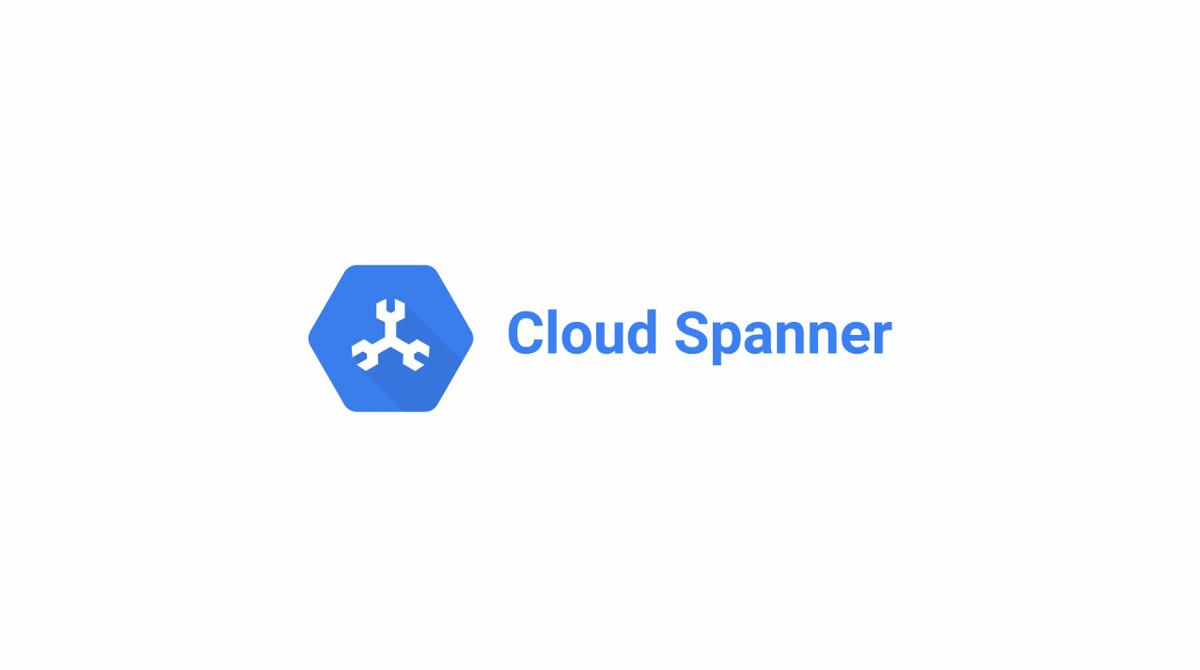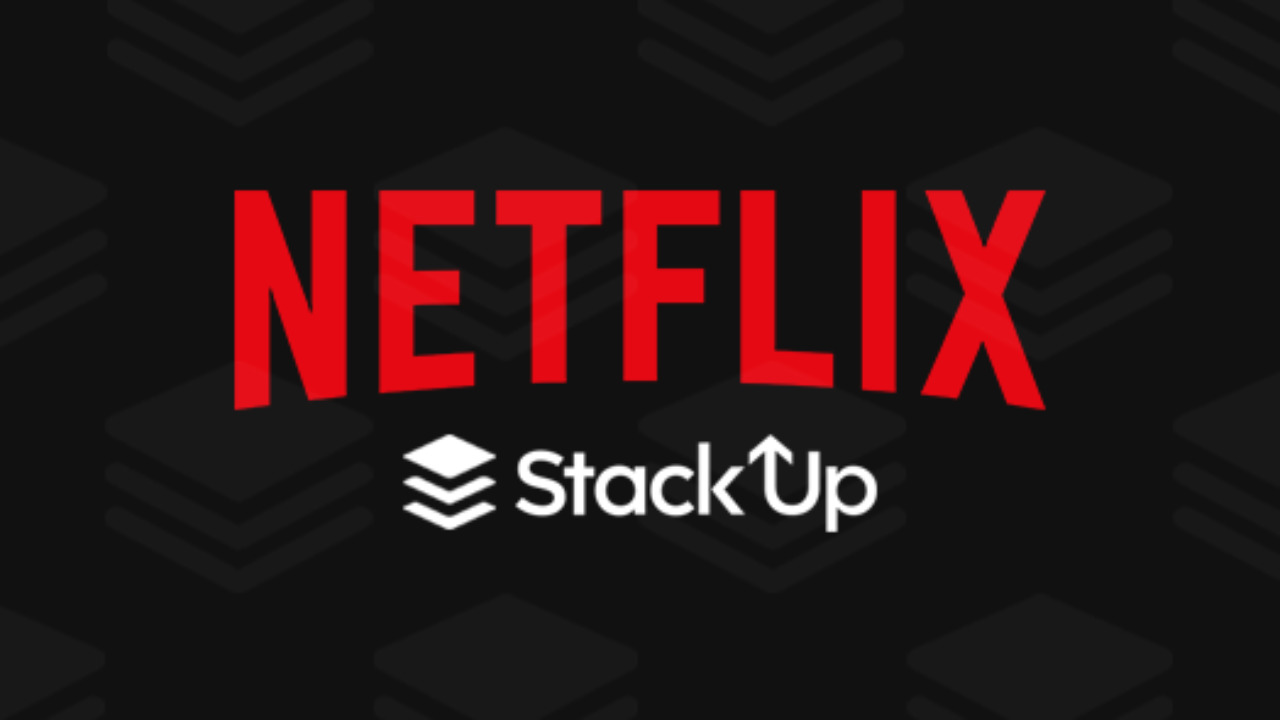Google’s Cloud Spanner is positioning itself as a formidable competitor to Amazon’s DynamoDB with claims of being half the cost for most workloads. In an effort to outshine its rival, Google has announced significant cost savings for customers by improving the efficiency of Cloud Spanner in terms of compute and storage.
Key Takeaway
- Google’s Cloud Spanner claims to be 50% more cost-effective than Amazon’s DynamoDB for most workloads, offering significant cost savings for customers.
- Cloud Spanner has increased its read throughput by 50% and expanded the storage capacity of each Spanner node to 10 terabytes.
- While Google’s claims about Cloud Spanner’s performance may be accurate, it is important to consider the nuanced details and not rely solely on promotional rhetoric.
- The cost comparison between Cloud Spanner and DynamoDB depends on the specific workload, as DynamoDB’s pricing can be significantly lower based on per-request pricing.
- Google Cloud, with an 11% market share, is making strides in the public cloud market but faces stiff competition from AWS, which holds a dominant 34% market share.
Increased Read Throughput and Expanded Storage
As part of the updates, Cloud Spanner’s read throughput has been boosted by 50%. Additionally, each Spanner node can now accommodate 10 terabytes of storage, compared to the previous limit of 4TB. These enhancements will be rolled out to all Spanner customers in the coming months, with storage upgrades to follow soon.
Cloud Spanner vs. DynamoDB: Sorting Fact from Fiction
In a blog post, Google makes a direct comparison between Cloud Spanner and Amazon’s DynamoDB, claiming that Spanner’s peak performance reaches 3 billion queries per second, while DynamoDB processes 126 million queries per second at peak. However, it is essential to note that the “126 million” figure cited by Google was taken from Amazon’s Prime Day blog post and represents only a measure of traffic during that event, rather than DynamoDB’s theoretical maximum throughput.
Although there is no explicit figure for DynamoDB’s maximum queries per second, AWS documentation from 2021 suggests that it can handle only “millions” of queries per second at peak. While Google’s claims regarding Cloud Spanner’s capabilities may be accurate, the reality is more nuanced than the promotional rhetoric suggests.
Comparing Costs and Market Competition
Google emphasizes that Cloud Spanner is now “half the cost” of DynamoDB, but this statement carries the caveat that it depends on the workload being considered. While a Cloud Spanner instance starts at $65 per month, DynamoDB’s pricing is more variable and can be significantly lower based on per-request pricing.
Google’s aggressive marketing tactics come as it vies for a larger share of the public cloud market, challenging the dominance of AWS. As of Q4 2022, Google Cloud holds an 11% market share, up from 6% in Q4 2017 when Cloud Spanner was launched. However, AWS remains the clear leader with a 34% market share.
Despite this, Google Cloud continues to make strides. In Q2, its revenue rose by 28% to surpass $8 billion, marking the division’s second consecutive profitable quarter. This positive momentum suggests that Google Cloud is gaining traction and becoming a formidable competitor in the cloud industry.

























